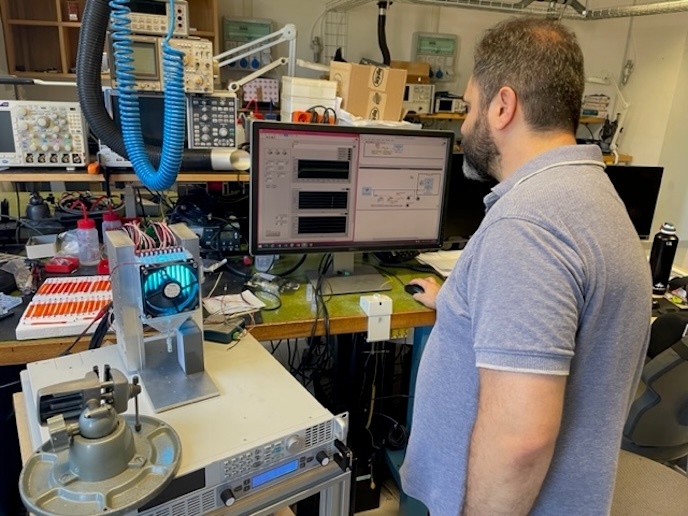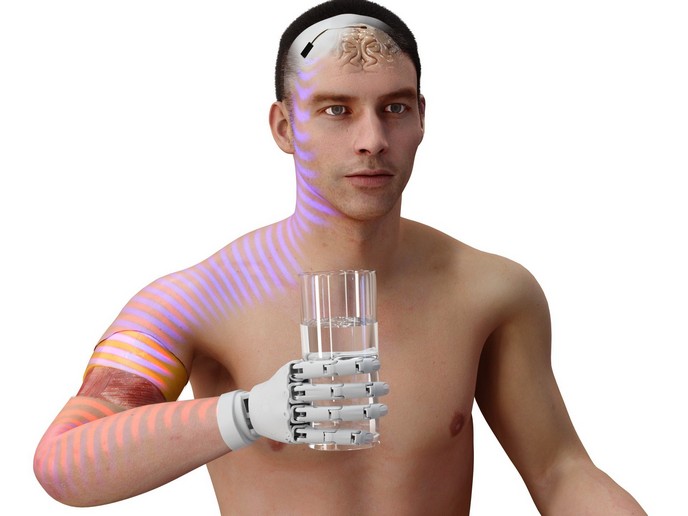Addressing knee damage to boost quality of life
Meniscus in the knee act as crucial shock absorbers, providing mobility within our joints. When knee function becomes painful, meniscus damage is frequently the cause, and tears are unfortunately very common. Historically, the removal of damaged meniscus tissue has been a common practice. Meniscal resection however can often lead to early osteoarthritis, necessitating further reconstructive work and impacting the quality of life of the patient. “The focus now within the medical community has been to preserve the meniscus wherever possible, and to find strategies that can help to regenerate and save the meniscus,” says MEFISTO(opens in new window) scientific coordinator Elizaveta Kon, a professor of Orthopaedic Surgery at Humanitas University(opens in new window) in Italy.
Restoring damaged meniscus
The MEFISTO project, which was led by Geistlich(opens in new window) in Germany, sought to contribute to this clinical endeavour. The key goal of the project was to find ways to regenerate damaged meniscus, delaying or avoiding future joint damage. To do this, the project brought together clinicians, researchers, technology specialists and industry, and identified four key aims. “The first aim was to develop a treatment solution based on innovative bioactive materials,” adds Kon. “We wanted to develop a scaffold for younger patients that looks and acts like meniscus and can help the meniscus to regrow.” The project also developed a more stable permanent implant with drug delivery capabilities. The target patient for this was older patients with already present knee osteoarthritis. “We functionalised an existing meniscus implant to enable it to deliver medicine helpful to keeping the joint healthy and active,” explains Kon.
Predictive treatment algorithms
A third objective was to develop predictive algorithms, designed to flag up patients who might be at risk of complications if their damaged meniscus were to be removed. “Some people who lose their meniscus go on to lead normal, active lives, while others are unable to do sports or even work,” notes Kon. “We wanted to find out why this was the case, and if there was a way we could predict these outcomes.” Predictive modelling was built on the basis of clinical studies that suggested that certain features of the knee – the shape and form for example – can tell clinicians a great deal about a patient’s risk level. “We took MRIs and put these images through AI,” explains Kon. “The idea was that this would flag up a patient who might be at risk of complications if their meniscus is removed.” Finally, the project focused on increasing knowledge about these approaches within the surgical community. To do this, two full-length documentary-style films(opens in new window) were produced, two of which are now available online.
Promoting healthy and active lives
The project has made important advances in bringing these innovations closer to market. Kon and her colleagues hope that these will eventually be used to improve patient outcomes, enabling them to lead healthy and active lives. “More work is needed to bring these solutions into clinical settings,” she says. “Project data shows that the drug delivery implant is able to protect joints, and the scaffold has great regenerative potential.” Finally, the predictive algorithms could have a significant impact not just on patient outcomes, but also on healthcare services by enabling clinicians to efficiently target patients most at risk of meniscus loss.







